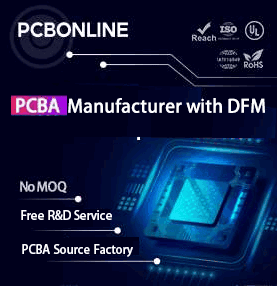
“Dental patient management” refers to a wide range of duties and obligations that are essential to an efficient dental clinic. The difficulty of managing dental practices rises with their evolution and growth, necessitating a multifaceted strategy that blends business savvy with a thorough comprehension of patient needs and industry norms. This article’s objective is to investigate and list the best approaches that can result in efficient dental practice management. Top Techniques for Managing Dental Practices Effectively The following are some of the best dental practice management techniques. Effective financial planning The foundation of any successful dental practice management is effective financial management. But to have a successful dental business, there are three crucial areas of financial management that must be addressed. These include controlling overhead expenses, conducting frequent financial audits, and budgeting and financial planning. A well-planned budget aids in tracking expenses, estimating income, and establishing reasonable financial objectives. Creating a thorough budget, establishing financial objectives, and tracking and modifying the budget are all recommended techniques for efficient budgeting and financial planning. Best practices for controlling overhead costs include tracking…
Continue reading







